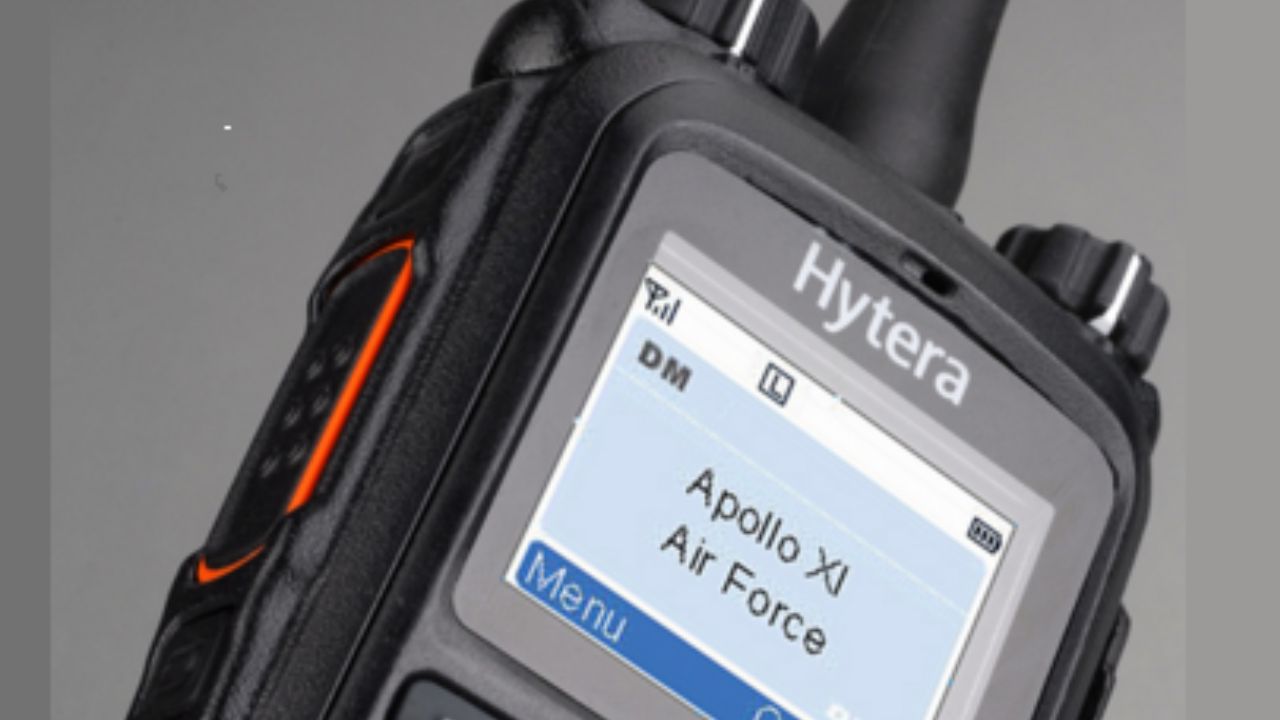The walkie-talkie is a multifunctional, small, two-way radio communication device that was first used on World War II battlefields and has since endured as a representation of instantaneous connection. Its straightforward design a handheld gadget with a speaker, microphone, antenna, and push-to-talk button belies its incredibly flexible application in a range of contexts.
Walkie-talkies enable real-time communication and have been useful in many situations, such as crowded construction sites and serene wilderness areas. This link www.hytera.com will provide more information about walkie-talkies. Here are some additional things to learn about Working on radio frequencies, this portable marvel is a dependable companion for work and play because it allows users to send and receive messages quickly.
What Was The Walkie-Talkie Used For?
The primary goal of the walkie-talkie’s original development was to offer a wireless, portable method of communication. It was created to remove the need for a physical connection, like wires or cables, and allow people or groups to communicate over short to medium distances. The walkie-talkie idea first surfaced in the 1930s, and World War II saw the practical implementation of this invention.
Walkie-talkies were found to be extremely useful by military personnel for on-the-ground communication, enabling prompt and dependable unit coordination. Because of their portability, walkie-talkies were useful in scenarios where traditional wired communication was impractical. They also significantly improved tactical efficiency and mobility.
Walkie-Talkies Permitted On Aircraft
Please be aware that laws can change, so it’s a good idea to confirm the most recent details with the airline or the appropriate authorities. Here are a few broad recommendations:
Transportation Security Administration (TSA) Rules in the United States
In the US, TSA regulations permit the use of walkie-talkies in carry-on luggage. Because checking luggage with spare batteries raises safety concerns, it is advised to bring rechargeable lithium-ion batteries in carry-on luggage. Travelers should check with their airline for any additional requirements as each airline may have different policies.
International Regulations:
International laws governing walkie-talkies differ, and visitors should be aware of the particular regulations in their country of origin as well as their country of destination. While walkie-talkies are generally acceptable, there might be rules or restrictions unique to a given nation. Passengers must make sure they are aware of and abide by the laws of any relevant countries they are traveling to or from. The most current and accurate information on international regulations regarding walkie-talkies can be obtained by contacting local authorities or airline representatives.
Airline Policies:
Individual airline policies regarding walkie-talkies should be known to passengers. Although generally acceptable, each airline may have its own set of rules. It is advisable to confirm compliance with any special rules the airline may have before departing. It is imperative to examine and comply with the particular policies of the selected airline to ensure a seamless travel experience, as certain airlines may impose limitations or guidelines regarding the use or transportation of walkie-talkies.
Frequency Interference:
Passengers must make sure that their use of walkie-talkies does not interfere with the aircraft’s navigation or communication systems as they operate on specific radio frequencies. Following the rules limiting the use of electronic devices during takeoff and landing is essential to preventing interference with onboard electronics. It is customary for passengers to switch off signal-transmitting devices during these crucial moments of flight in order to preserve safety and avoid possible disruptions to the aircraft’s communication systems.
Use during Flight:
Generally speaking, using walkie-talkies while flying is prohibited. It is mandatory for travelers to switch off all electronic gadgets, including walkie-talkies, during crucial moments like landing and takeoff. The purpose of this safety measure is to guard against potential disruption of the aircraft’s navigation and communication systems. Passengers may use authorized electronic devices once the aircraft reaches a safe altitude and the captain signals, but for safety reasons, walkie-talkies in particular are usually not allowed to be used during the entire flight.
Conclusion
Although walkie-talkies are usually allowed on airplanes, passengers must follow certain rules to guarantee compliance and safety. Rechargeable lithium-ion batteries are recommended for carry-on baggage, and walkie-talkies are permitted under US TSA regulations. Passengers must be aware of and abide by the laws in both the country of departure and the country of arrival because international regulations differ.
